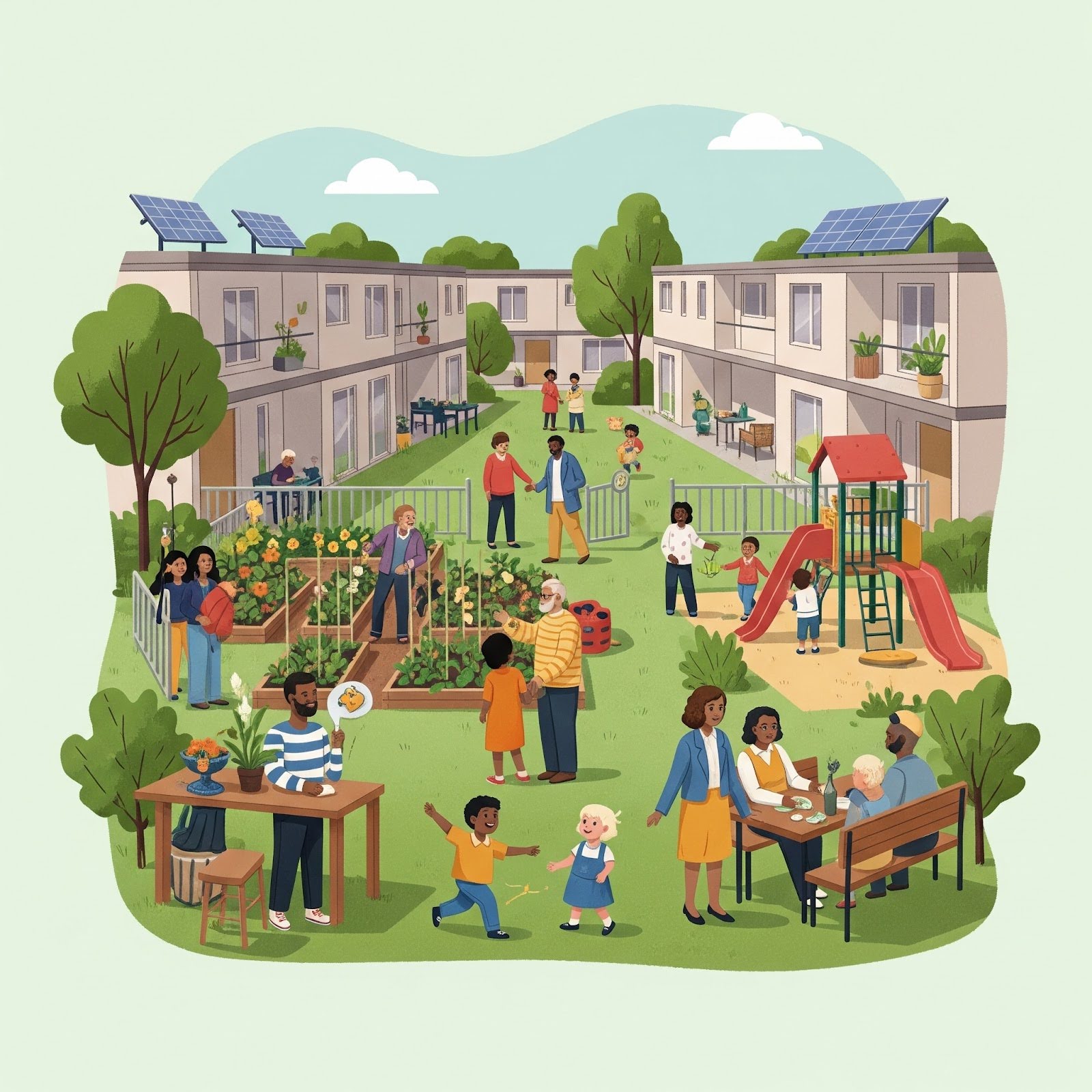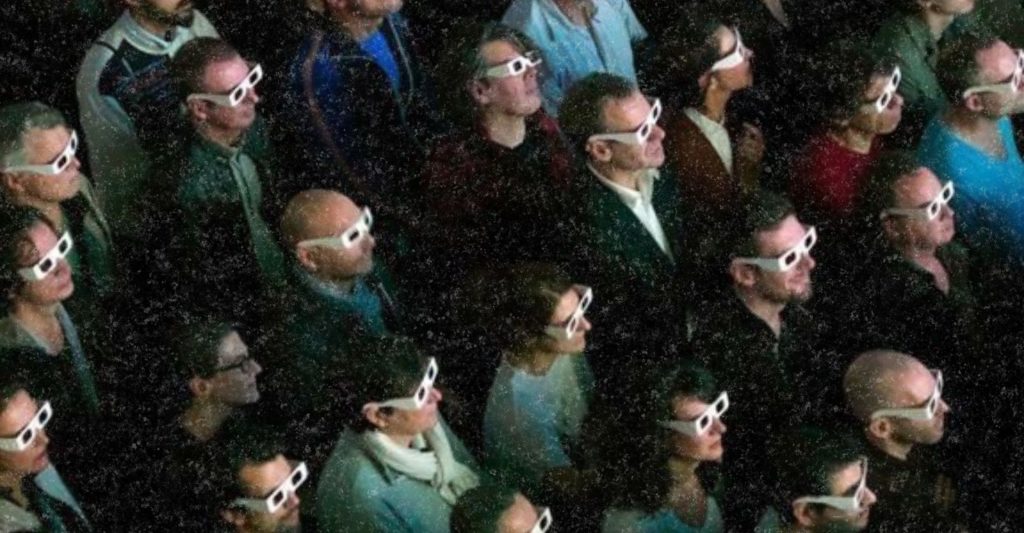
Building Wellness: Why Affordable Housing Is a Public Health Necessity
Wellness-focused design is transforming how we think about buildings, especially how the quality of shelter and the “built environment” affects physical and mental health. For this shift in design to matter for social wellness, however, shelter that promotes wellness must be accessible to more than the affluent. Affordable and workforce housing do more than lower costs—they are fundamental determinants of physical, mental, and social health, for the people who live there, and also for our community.
In this article we’ll look at the link between housing affordability and wellness, the detrimental effects of long commutes, the promise of mixed-use developments, and evidence-based policy recommendations to improve societal well-being through housing.
Why Affordable Housing Matters for Wellness
More than just shelter, affordable housing—usually defined as costing no more than 30% of a household’s gross monthly income, including utilities—enhances physical and mental health outcomes and fosters stronger community connections. The benefits go well beyond financial relief. When housing costs are manageable, households are able to allocate resources toward healthcare, nutritious food, and preventive measures, leading to better management of chronic conditions like diabetes and hypertension and fewer emergency room visits. It should come as no surprise that the National Bureau of Economic Research consistently shows that housing-cost-burdened families have significantly less to spend on food and healthcare.
Substandard conditions—such as mold, pests, or poor ventilation—expose residents to environmental health risks that exacerbate respiratory illnesses. Mold, a common issue in poorly maintained buildings, is a known trigger for asthma attacks, particularly in children. A 2024 study found that children living in homes with visible mold were more than twice as likely to have asthma. The National Housing Conference emphasizes that affordable housing, when designed with wellness in mind, reduces these hazards, improving air quality and the physical health of residents.
Housing’s impact extends to mental health as well. Stable, affordable housing alleviates the constant threats of eviction or displacement, which contribute to anxiety and depression. According to a 2018 study, individuals in stable housing report 20% lower rates of these conditions, and the quality of the housing itself is a significant factor. For children, the impact is even more severe. The instability of moving frequently disrupts schooling, social connections, and crucial developmental milestones, leading to long-term negative consequences for both mental health and educational attainment. Beyond the individual, stable housing is the bedrock of social wellness. When people feel secure in their homes, they are more likely to invest in their communities. Research from Habitat for Humanity shows a strong correlation between homeownership—one form of stable housing—and higher levels of civic engagement, including voting, volunteering, and participation in community groups. This social cohesion creates safer, more supportive neighborhoods, fostering a collective sense of well-being that benefits everyone.
Workforce Housing and the Hidden Cost of Long Commutes
Workforce housing is a common term for housing that serves the needs of middle-income workers—such as teachers, nurses, and retail employees—who earn too much to qualify for subsidized housing yet struggle to afford market-rate rents near employment centers. These workers often have lengthy commutes from more affordable communities which gradually erode their mental and physical health. Workforce housing strategically located near employment centers reduces commute times, freeing up hours for exercise, time with family and friends, and relaxation—three key components of a healthy lifestyle. Developments designed for wellness often include amenities that enhance social and physical well-being like communal spaces and fitness centers (see, for example, Investing for Impact: The Rationale for Sustainable Workforce Housing).
With insufficient workforce housing near employment centers, many workers must endure the consequences of long commutes. Research shows that the adverse effects of commutes exceeding 30 miles round trip include elevated stress, anxiety, and depression. Long commutes elevate blood sugar levels, increasing the risk of diabetes, while exposure to traffic-related air pollution worsens respiratory conditions. The frustration of traffic congestion encourages aggressive behavior and has even been linked to a seven percent increase in domestic violence reports (see 7 Ways Your Commute Is Wrecking Your Health And Relationships). The economic costs are also significant. A 2023 urban mobility report revealed that traffic congestion in the U.S. leads to over 8.5 billion hours of lost time and 3.3 billion gallons of wasted fuel. That time lost in traffic is time and money commuters could have spent with friends and family, building social connections and investing in their wellness. By strategically developing workforce housing near employment hubs, we can reclaim those lost hours for exercise, family time, and community engagement, while simultaneously reducing the economic and environmental consequences of traffic congestion.
Mixed-Use Developments: Integrating Wellness into Daily Life
Mixed-use developments intentionally combine residential, commercial, and recreational spaces into walkable, high-density communities. Residents might live above a coffee shop, work a block away, and find relaxation in a nearby park—all without a car. According to a 2019 study, because of the increased physical activity, walkable neighborhoods predict a 10% lower incidence of heart disease.
Beyond physical health, mixed-use developments strengthen social ties through shared spaces like parks and community centers, which combat isolation and improve mental well-being. Access to nearby shops, healthcare facilities, and recreational areas reduces stress by simplifying daily routines. For low- and middle-income residents, these benefits translate into economic savings on transportation—savings that can be redirected toward health-related expenses.
Real-World Examples: Evidence of Impact
Across the country, innovative affordable and workforce housing developments serve as a blueprint for a brighter future:
Rising Cedar Apartments (Minneapolis, Minnesota): This development provides a powerful example of integrating housing with healthcare. By pairing affordable apartments with on-site mental health services, Rising Cedar has created a supportive environment for individuals with serious mental illness. The result has been a remarkable 22% reduction in mental health-related emergency room visits among its tenants, demonstrating a clear return on investment in both human and financial terms.
Via Verde (The Bronx, New York): This award-winning mixed-income development is a landmark of sustainable and health-focused design. Its iconic cascading green roofs serve as community gardens, providing fresh produce and recreational space. An open-air courtyard, fitness center, and stairways designed to encourage use all promote physical activity. The project demonstrates that affordable housing can be a model of environmental and personal wellness.
The Sunnydale-Velasco Redevelopment (San Francisco, California): This project is transforming one of the city’s most isolated public housing sites into a vibrant, mixed-income community. The master plan includes new parks, pedestrian-friendly pathways, a community center, and on-site wellness services, directly addressing the social and environmental determinants of health. Early data from similar projects in the city point to significant improvements in resident health metrics.
Policy and Future Directions
Scaling these successes will require a multi-pronged approach that combines innovation with proven policies. Expanding housing vouchers can ease financial pressures for households, freeing up resources for their health needs. Incentivizing mixed-use developments can shorten commutes and promote active lifestyles. Embedding health services within housing projects, as seen in Minneapolis, enhances access to care. Enforcing building standards to eliminate hazards like poor air quality is equally vital. Looking forward, innovations like “brain-friendly” design—using natural light and materials to boost cognitive health—could further elevate wellness in the built environment (Wellness Communities & Real Estate Trends for 2025). Success will hinge on collaboration between developers, policymakers, and health experts, treating housing as a public health lever rather than a commodity.
Conclusion
Affordable and workforce housing are more than economic necessities—they are pathways to healthier, more balanced lives. Investing in stable, high-quality, and well-located housing is one of the most effective investments we can make in the long-term health of our citizens and the economic vitality of our communities. Improved housing affordability alleviates chronic stress, prevents disease, promotes stronger social connections, and creates a foundation for individuals and families to thrive. This will require a shift away from viewing housing as a commodity and toward embracing it as a human right and a public good. By demanding more from our buildings and our policies, and by fostering collaboration between developers, policymakers, urban planners, and health professionals, we can develop many more places that do more than house us—they become places that help us flourish.
Shop +wellvyl APPAREL
Choose a Subscription











